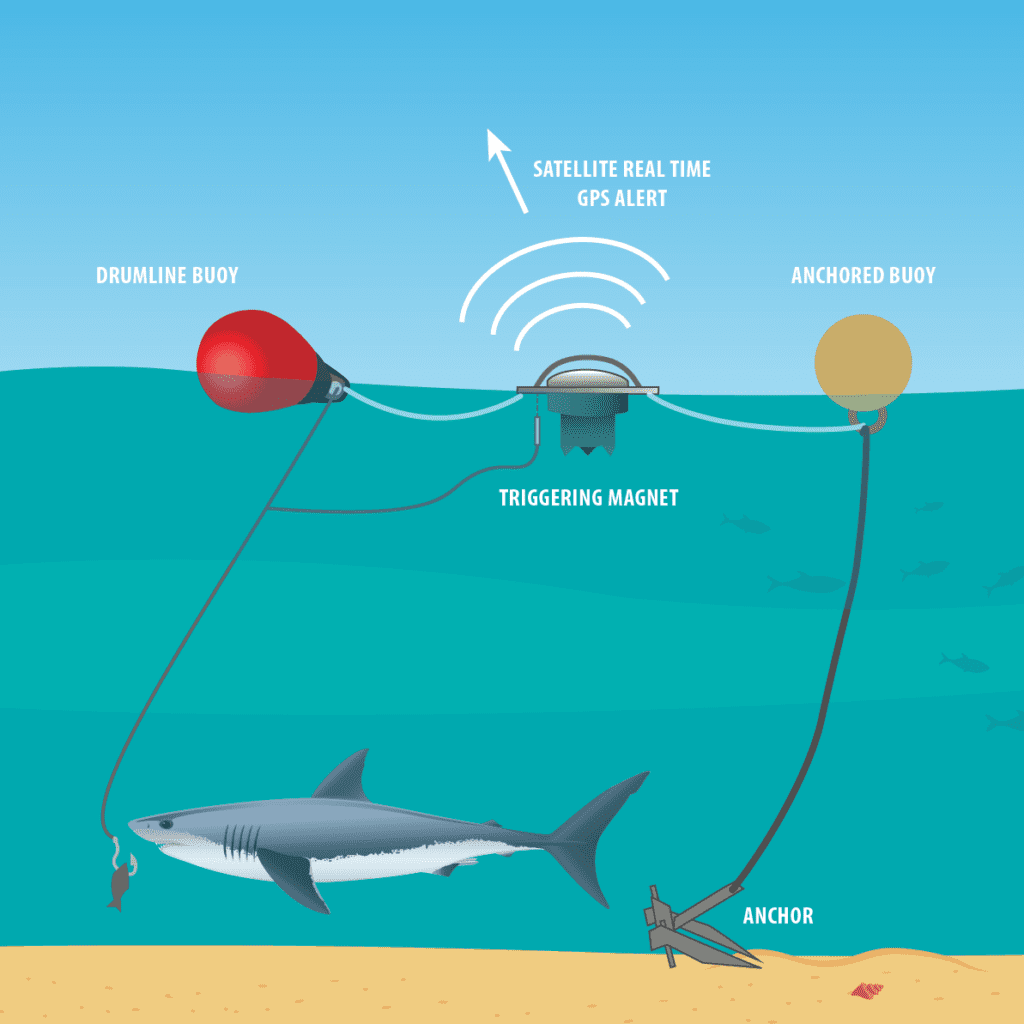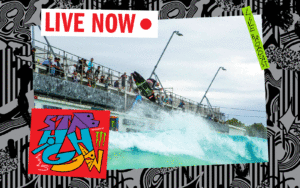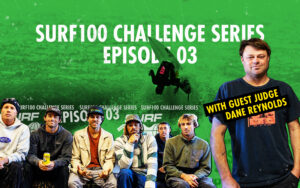The NSW Government Is Rolling Out A Shark-Mitigation Program With Teeth
NSW gov’t triples their shark-safety funding following 13 Attacks in Australia in 2021.
The NSW Government is tripling its funding by committing $21.4 million in 2021/22 to its shark mitigation program, with a rollout of technologies and programs aimed to protect beachgoers.
The new shark program is the largest and most comprehensive in the world and will involve scaling up Surf Life Saving NSW’s drone surveillance program to provide more beach coverage in more Local Government Area’s (LGA’s). The program involves:
- Increasing coastal surveillance using VR4G listening stations to ensure at least one in every LGA;
- Expanding the rollout of SMART drumlines technology and AI shark-spotting drones;
- Continuation of beach meshing; and
- Boosting shark tagging, research and community education programs.
The expansion of the program follows the recent passing of Tim Thompson, who died on the sand at Shelley Beach earlier this month. The rollout will target and expand on areas all along the NSW coast including; Tweed, Byron, Lennox, Coffs Harbour, Port Macquarie, Central Coast, Sydney, Wollongong, and the South Coast.
Deputy Premier John ‘Bruz’ Barilaro said in a statement on Monday, “In partnership with Surf Life Saving NSW, we will deploy the world’s largest domestic fleet of drones to the state’s beaches thanks to an extra $3 million to scale up operations. This will mean more than 50 beaches will have a shark-spotting eye in the sky.”
For those curious about what a SMART drumline is, ‘SMART’ stands for Shark-Management-Alert-In-RealTime. SMART drumlines consist of an anchor, two buoys and a satellite-linked GPS communications unit attached to a hook baited with one sea mullet.

A triggering magnet is attached to the communications unit. When a shark takes the bait and puts pressure on the line, the magnet is released alerting the boat crew and DPI scientists that there is an animal on the line. Once alerted, the team responds immediately (within 30 minutes) to tag and release the shark or other marine animal. SMART drumlines are set every morning (weather dependent) approximately 500m offshore at a depth between 8-15m of water. They are collected at the end of each day and are not left overnight.
But as to whether or not SMART drumlines are really that smart, is a question yet to be proven.
In WA the SMART drum lines caught just two white sharks in two years, with the state’s chief scientist saying it did not reduce the risk of attack.
After a spate of shark attacks in WA’s South West, contractors rolled out 10 drum lines along an 11.5-kilometre stretch of beach in 2019 with the aim of catching, tagging, and moving white pointers offshore. Of the 311 captures over two years, only two white sharks were caught, along with 266 other types of sharks, and 43 other “non-target” marine animals. The WA program was subsequently discontinued due to being ineffective and killing non-threatening marine life.
37% of the world’s shark population is considered endangered as of 2021, up from 33 percent seven years ago according to the IUCN (The International Union for Conservation of Nature). Overfishing, a loss of habitat and climate change explain the upward trend, it said. Oceanic shark populations have dropped by 71 percent since 1970.
While we obviously want safe beaches for swimmers and surfers, we also don’t want to be contributing to the decline in shark populations. Can this tech work for humans and sea creatures alike?
Stay tuned.














Comments
Comments are a Stab Premium feature. Gotta join to talk shop.
Already a member? Sign In
Want to join? Sign Up